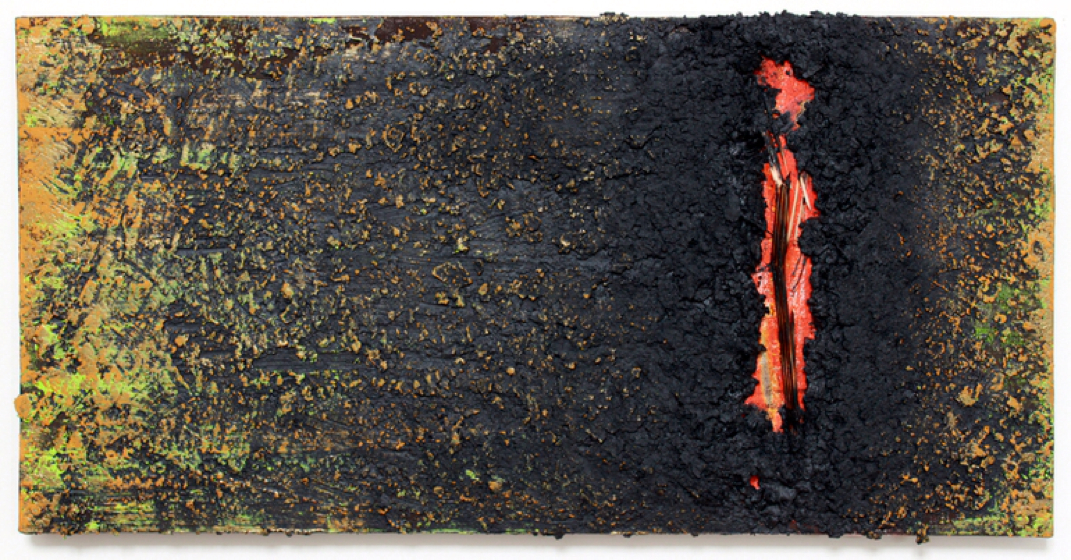| Jimmy Talarico | Artist |
From the notebook…
|
Continuing the study of the book Art & Fear by David Bayles & Ted Orland brings us to Chapter 5: Finding Your Work. This is all about honesty and making real things. Or should I say making things real. "In the ideal -- that is to say, real -- artist, fears not only continue to exist, they exist side by side with the desires that complement them, perhaps drive them, certainly feed them. Naïve passion, which promotes work done in ignorance or obstacles, becomes -- with courage -- informed passion, which promotes work done in full acceptance of those obstacles. Foremost among those obstacles is uncertainty." The authors make an interesting assertion on the difference between the art viewer and art maker. Clearly there are limits and liberties to both; for example, art viewers are not limited by place and time. But for art makers, their work will always reference a very specific place and time, a moment. Art viewers are 'moved' by experiencing great art, but art makers are changed through the process of making. And the artist finds honesty and truth in discovering his or her process. Power in art making comes from letting your art express who you are, instead of copying someone else's style or intent. From here the authors discuss the importance of creating a body of work that will end up being an evolution from one idea as opposed to continually finding 'new' ideas. This keeps art makers engaged in the process which will ultimately lead to great creative works. "There's a difference between meaning that is embodied and meaning that is referenced. As someone once said, no one should wear a Greek fisherman's hat except a Greek fisherman." "One of the best kept secrets of art making is that new ideas come into play far less frequently than practical ideas -- ideas that can be re-used for a thousand variations, supplying the framework for a whole body of work rather than a single piece." From here the concepts of form and technique are discussed as a way to suggest how an art maker must stay engaged with his or her ideas. There is a practical side to honing technique. It produces boundaries within our work that allow us to explore a host of ideas within a familiar framework. "The discovery of useful forms is precious. Once found, they should never be abandoned for trivial reasons... The hardest part of art making is living your life in such a way that your work gets done, over and over -- and that means, among other things, finding a host of practices that are just plain useful. Your voice will come through honing the familiar. Only you know what to say about your art, and only you know how to say it. Keep saying it, and sooner or later the art viewer will acquire an ear to recognize your voice.
0 Comments
Leave a Reply. |
Jimmy & Melinda TalaricoFrom here you can read our opinions on our industry, updates on our work, and pretty much anything else we'd like to discuss. Dialog is appreciated so please comment! Archives
August 2023
Categories
All
|




 RSS Feed
RSS Feed
